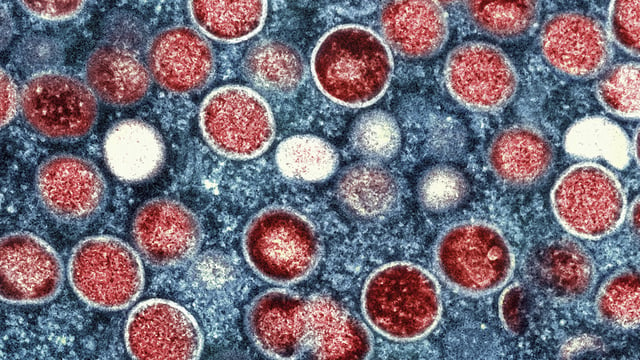Overview
- Researchers at the Wuhan Institute of Virology discovered HKU5-CoV-2, a bat coronavirus capable of binding to human ACE2 receptors, the same mechanism used by SARS-CoV-2.
- The virus, part of the merbecovirus subgenus, is related to MERS and shows potential for cross-species transmission but has not been detected in humans.
- Lab experiments confirmed HKU5-CoV-2 can infect human cells and organoids, though its binding affinity to human ACE2 is weaker than that of SARS-CoV-2.
- Scientists caution against alarmism, emphasizing that the virus presents a lower risk of causing a pandemic compared to COVID-19.
- Antiviral drugs and monoclonal antibodies have shown effectiveness against the virus in preliminary studies, underscoring the importance of continued surveillance.



